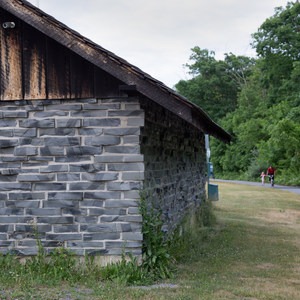You are here
Canyon de Chelly is a park in northeastern Arizona within the boundaries of the Navajo Nation. The name “Chelly” comes from the Navajo word “Tseyi,” which means canyon. There are three major canyons that wind through the park: De Chelly, Del Muerto, and Monument canyon. Over time, the water that flows from the Chuska Mountains etched paths through the sandstone and igneous rock and created what are now massive canyons. Due to the steep walls, which are over 1,000 feet high in places, flash floods are a regular occurrence here.
Canyon de Chelly has an intriguing and extensive history. There are over 2,700 archeological sites, dating back 5,000 years! Many indigenous peoples have lived in the area, including the Anasazi, the Hopi, and the Navajo. The earliest people lived in seasonal campsites in rock shelters, and were hunter-gatherers. As time went on, the Pueblo people learned farming techniques, and eventually began building permanent settlements. Their cliff dwellings had multi story houses with many rooms, kivas, and separate alcoves for storage. However, drought, disease, and conflict led the people to leave the canyon. The Hopi lived in the canyons seasonally from 1300 through 1600. The Navajo first entered the canyons around 400 years ago, and there are still approximately 40 Navajo families living in the canyon today.
To access the canyon floor, visitors have to be accompanied by a park ranger or a Navajo guide. The only exception is the White House Ruin Trail. There are many private companies that offer a variety of tours based on which ruins you want to see and how long you want to spend in the canyons. The Tunnel Trail Hike is a popular example. In addition, the North and South Rim scenic roads offer several overlooks onto various ruins and monuments, including the Antelope House Overlook, the Massacre and Mummy Cave Overlooks, and the Spider Rock Overlook.






Comments
Sign In and share them.